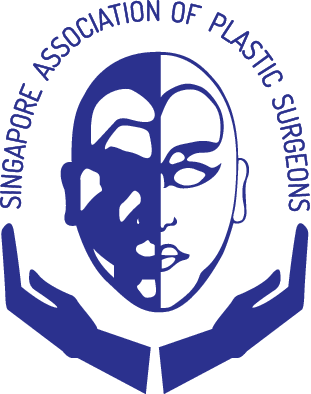TUMMY TUCK / ABDOMINOPLASTY
TUMMY TUCK / ABDOMINOPLASTY
Dr Chia Hui Ling
In an abdominoplasty, or tummy tuck, a list of abdominal complaints may be addressed: loose skin, excess fat, umbilical changes, including a hernia, and diastasis recti.
Diastasis recti (DR) is a condition where there is a midline separation between the rectus abdominis, also known as the six-pack muscles. DR occurs to nearly all women during pregnancy, as the core muscles stretches to accommodate a growing fetus. After delivery, DR reverses over time but not completely, and is the cause of a persistent abdominal bulge or expanded waistline despite returning to your pre-pregnancy weight. Another cause of DR, apart from pregnancy, is significant weight gain. Additionally, DR results a weakened core and may contribute to abdominal weakness, constipation, backache and incontinence. DR is sometimes referred to as “mummy tummy”.
TREATMENT
Have a thorough discussion with your plastic surgeon, including your surgical goals, medical conditions, drug allergies, medications and previous surgeries. Expected outcomes, risks and other treatment options should be explained to you.
COMPLICATIONS AND MANAGEMENT
Risks of an Abdominoplasty include:
- Bleeding
- Infection
- Wound breakdown
- Skin necrosis
- Skin numbness (temporary or permanent)
- Asymmetrical results
- Unfavorable scarring
- Need for revision surgery
